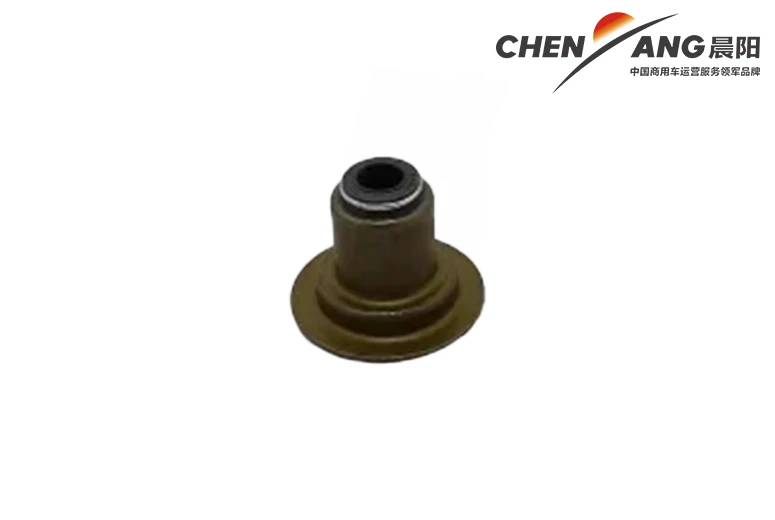checking automatic transmission fluid
Checking Automatic Transmission Fluid A Comprehensive Guide
Maintaining your vehicle is crucial for its longevity and performance, and one of the key fluids to monitor is the automatic transmission fluid (ATF). This vital fluid lubricates the moving parts of the transmission, facilitating smooth gear changes and protecting against wear and tear. Knowing how to check and maintain your automatic transmission fluid is essential for every vehicle owner. Here, we’ll explore the importance of ATF, how to check its level and condition, and when to change it.
Importance of Automatic Transmission Fluid
Automatic transmission fluid serves several functions within the vehicle's transmission system. Firstly, it acts as a lubricant for the myriad gears and components, reducing friction and preventing overheating. Secondly, ATF helps to facilitate hydraulic functions, allowing the transmission to shift smoothly and effectively. Moreover, it also serves as a coolant, absorbing heat generated during operation. Regularly checking and maintaining the correct ATF level is vital for ensuring that your transmission operates efficiently, prolonging the life of your vehicle.
Signs That Your ATF Needs Attention
Before delving into how to check your ATF, it’s essential to be aware of the signs indicating that your transmission fluid might need to be addressed. These signs include
1. Strange Shifting Patterns If you notice that your vehicle hesitates or jerks when shifting gears, it may be a sign of low or dirty transmission fluid.
2. Unusual Noises Grinding, whining, or clunking noises during gear changes can indicate inadequate lubrication.
3. Warning Lights Modern vehicles are equipped with sensors that may trigger a warning light on the dashboard if there’s a problem with the transmission fluid.
4. Burning Smell A burnt smell emanating from the engine could indicate overheated ATF, which may require immediate attention.
How to Check Automatic Transmission Fluid
checking automatic transmission fluid

Checking your automatic transmission fluid is a straightforward process and can be done with minimal tools. Here’s a step-by-step guide
1. Park the Vehicle Begin by parking your car on a level surface. This ensures an accurate reading of the fluid level.
2. Warm Up the Engine Start the engine and let it run for a few minutes. This helps the transmission fluid circulate and provides a more accurate reading.
3. Locate the Dipstick Most vehicles equipped with automatic transmissions have a dipstick for checking the ATF. This dipstick is usually located near the back of the engine bay. Refer to your owner’s manual for specific information regarding your vehicle model.
4. Remove and Clean the Dipstick Pull out the dipstick and wipe it clean with a lint-free cloth. This removes any old fluid that could give you an inaccurate reading.
5. Reinsert the Dipstick Insert the dipstick back into its tube and then remove it again to check the fluid level. The dipstick should have markings indicating whether the fluid is at an acceptable level.
6. Check Fluid Condition Additionally, take note of the fluid's color and consistency. Healthy ATF should be a bright red color. If it appears dark brown or has a burnt smell, it may be time for a change.
7. Add Fluid if Necessary If the fluid level is low, add the appropriate type of automatic transmission fluid as specified in your vehicle’s owner manual, ensuring not to overfill.
When to Change Automatic Transmission Fluid
While checking the transmission fluid level is vital, it’s also essential to change the fluid at regular intervals. Most manufacturers recommend changing the ATF every 30,000 to 60,000 miles, but checking your owner's manual for the specific recommendation for your vehicle is crucial. If you frequently drive in harsh conditions (e.g., towing, stop-and-go traffic), you may need to change it more often.
Conclusion
Monitoring your automatic transmission fluid is an essential aspect of vehicle maintenance. By regularly checking the fluid levels and condition, you can help ensure that your transmission operates smoothly, ultimately extending the life of your vehicle and enhancing its performance. Remember to consult your vehicle's owner manual for specific guidelines and to seek professional assistance if you suspect any issues with your transmission system. This proactive approach to maintenance will pay off in the long run, providing reliability and peace of mind on the road.
-
SINOTRUK HOWO 84 Electric Dump Truck for Eco-Friendly Heavy HaulingNewsJul.26,2025
-
The Fast 16-Gear Manual Transmission Assembly for Heavy TrucksNewsJul.25,2025
-
Mercedes Benz Actros 1848 42 Tractor Truck for Sale - Reliable PerformanceNewsJul.24,2025
-
High-Quality Water Pump Assembly for Sinotruk Trucks – Durable & ReliableNewsJul.23,2025
-
Premium Truck Engine Antifreeze Coolant Fluid for Heavy Duty VehiclesNewsJul.22,2025
-
FOTON View G7 Mini Bus: Affordable & Spacious TransportNewsJul.22,2025
Popular products

























